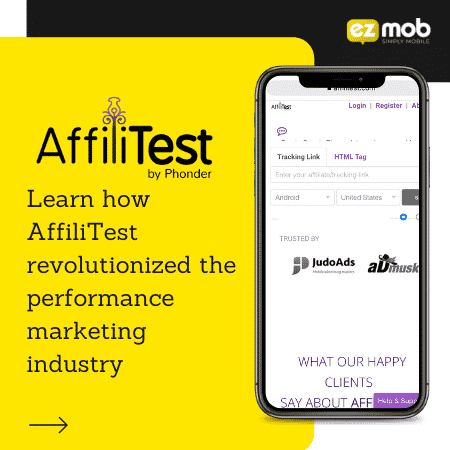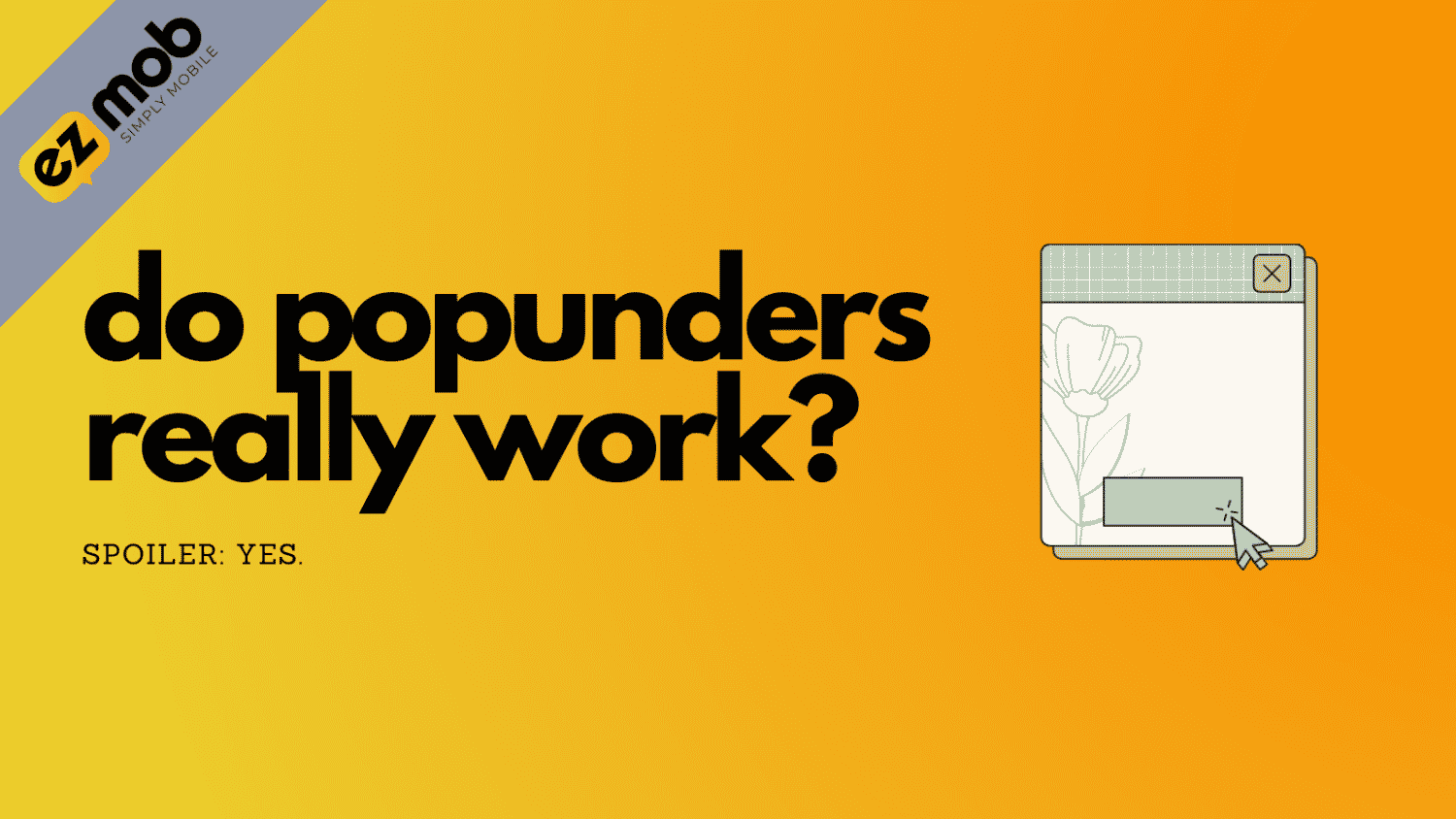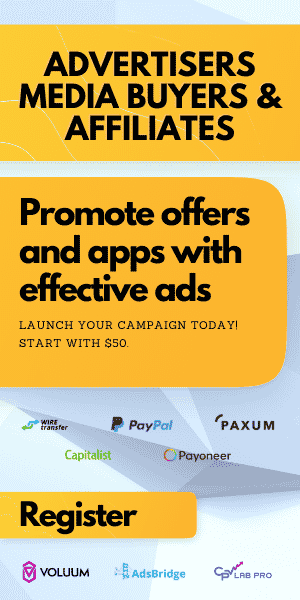
Do pop under Ads Actually Work?
Have you been eagerly reading an article online when suddenly an ad pops up out of nowhere? Sure, you may find it annoying, and you are not alone.
Popunder ads have been in existence since the mid-1990s. These are commonly used by websites to boost further their lead generation efforts to push their content up in the attention of their visitors. The conventional pop-under became widespread in the earlier days of the internet when a new window opens up that disrupts a visitor’s browsing experience altogether. With the contempt that users had felt because of this, the 1st browser-based pop-under blocker came into existence in the early 2000s.
But pop-under ads are not stopping anytime soon, sure there are better technologies that allow you more transparency like programmatic advertising, but they come at a cost of visibility and higher eCPMs. We can still see it today when we visit websites. But it has already shifted from the completely disruptive and annoying pop-under ads redirecting us to a new window to the tolerable hover ad or lightbox ad. The lightbox ad shows up at the center of the page, which blurs the content that you are reading. This is commonly used by media and news sites and also finding its way through corporate websites. Its main goal is to highlight promotions and other content.
With all of these things, we cannot avoid but wonder if popup ads really work.
Studies have shown that the presence of pop-under ads does not amuse people. User experience becomes an issue in the presence of these ads. So website designers must be wary in designing websites considering pop-unders that they are designing With the numerous ad blockers that are being employed by people to curb their experience in engaging with content, it is becoming increasingly hard for marketers to track their campaigns.
While it is true that pop-under ads are having an impact on the user experience of readers, pop-under ads can be useful if it is executed properly. Some of the benefits that marketers can get from a good result of popup ads done right include an increase of subscribers for an email list opt-in. More so, pop-unders amass decent click-through rates of around 2%. This is a conservative yet higher than usual margin compared to other available ads. It is undeniable that while users have an anti-ad attitude, they would often find themselves engaging with pop-under ads in one way or another.
What are the main advantages of popunder ads?
- Volumes: popunder ads are a volume business. EZmob itself has access to over 2B daily ad requests globally for popunder traffic, you can check our inventory page to understand current volumes per country for popunder traffic.
- Engaging ads: We prefer to use engaging and not disruptive, but you’re smart since you’ve been reading our blog so let’s just say it. Popunder ads are destructive to a user’s journey. In a perfect world, popunders wouldn’t exist, and publishers would make healthy eCPMs direct from users via micro-transactions. But we’re not in a perfect world and publishers do what they can to earn another dollar. Popunder work since they are disruptive, they make banner-blind users engage with the ads, read the message and if the message is click-worthy they will get a real user visiting their content.
- Actual users: Popunder ads open the advertiser’s site and generate an impression of the site and all the ads that are included in it. That can prove to gain you a better yield on your ad revenue when done for traffic arbitrage.
- Cheap traffic: The minimum bid for popunder advertising starts at $0.20 CPM, which means advertisers will receive 1000 new visitors to their website for only $0.20.
- The abundance of publishers: There are many publishers who opt-in to monetization via popunder ads, this might make your optimization a bit richer but it also will mean that you are more likely to find a publisher or popunder placement that works for your product and then scale it forward.
What are the main disadvantages of popunder ads?
- Fraud: ad fraud is abundant in any type of ad format or serving technology. There’s big money to be earned by defrauding marketing companies. We fight fraud by using external companies like ClearTrust and FraudScore to monitor and automatically blacklist publishers who don’t behave according to a wide range of metrics. Make sure you work with companies who invest money in making sure your budget isn’t spent on bots.
- The abundance of publishers: this is also a disadvantage since many smaller publishers may take a singular amount of impressions from your budget daily and will be never worth your time to optimize out of the campaign, with a proper optimization strategy this can be avoided pretty easily.
- Adult inventory: Tricky publishers may try to pass adult inventory as mainstream in an attempt to get better bids on their inventory, again, monitoring play a part with algorithms that seek meta data and block non-conforming publishers.
So How Do Marketers Properly Execute pop-under Ads?
We have mentioned earlier technical pop-under ads that are redirecting users to another tab. And this is utterly despised by users. Hence, it must not be used. Instead, a lightbox style can provide a better user experience without annoying them too much.
If you have decided to do this, make sure that you test repetitively to pinpoint problems that may arise when you launch a lightbox ad. Lastly, it is a best practice to always measure the result of your popunder ads. It will give you a goldmine of information on whether or not to engage in such for your website. Listening to the numbers will allow you to make an informed decision using pop-under ads.
Ping us online, open a service ticket, or start a chat with our account managers. we’re ready to help you get live with your campaigns.
Get started now by logging in to your existing account, or registering a new account with EZmob.
Join our Newsletter
Get access to promotions, case studies, and recommended partners
Read more reviews and articles
Learn how to setup popunder campaigns and more about campaign management on EZmob’s Helpdesk




